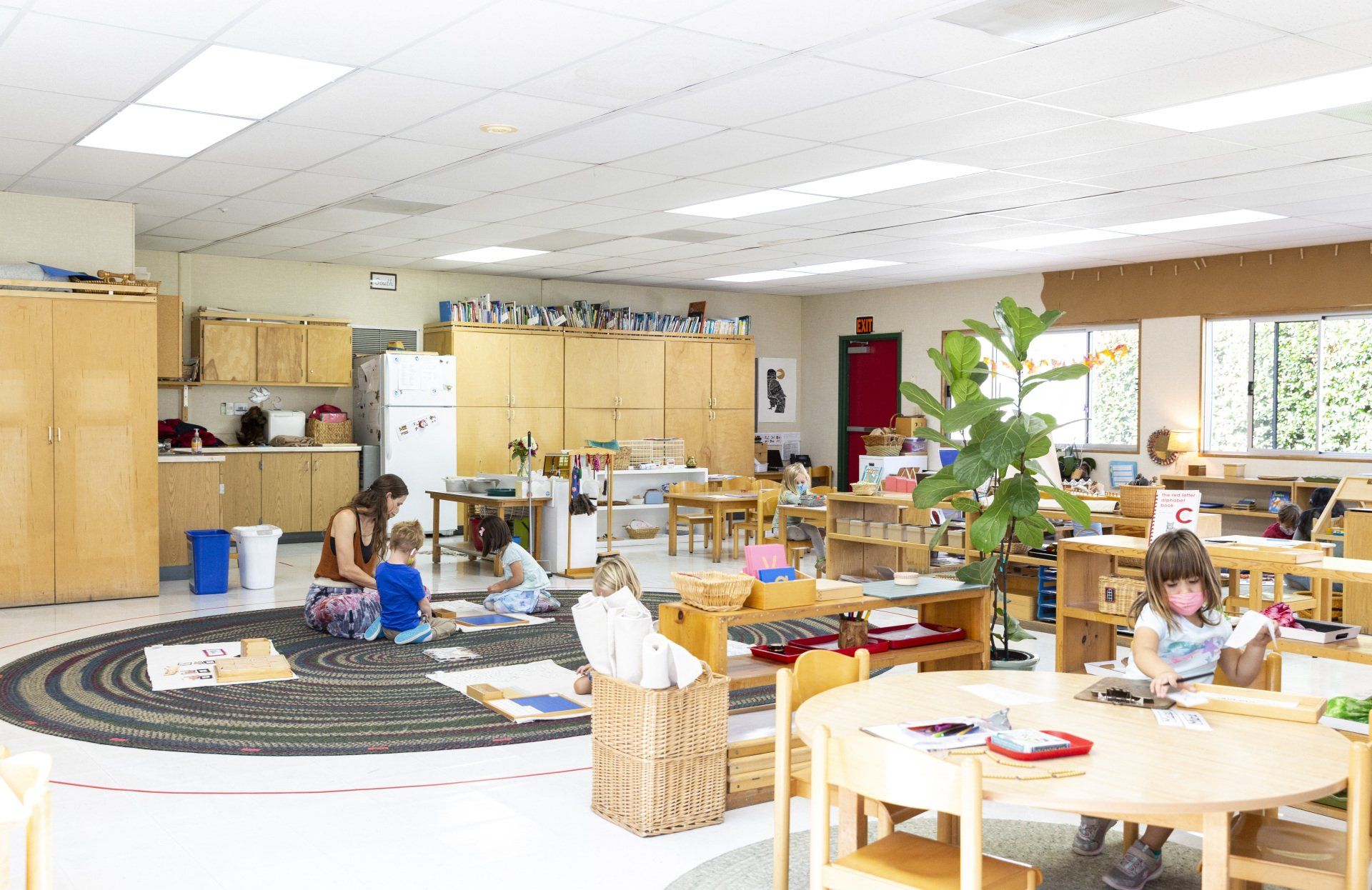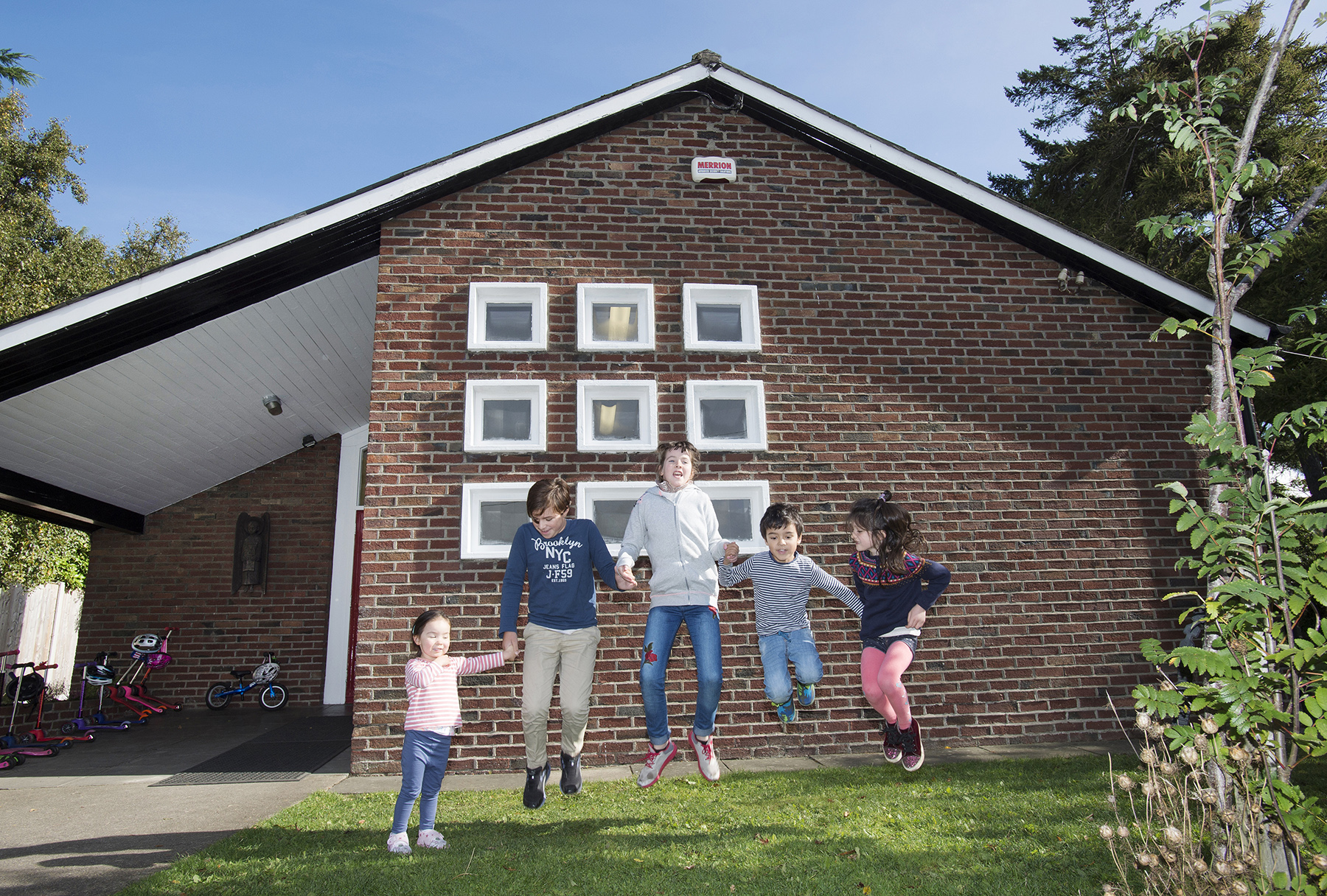Table Of Content

Many of the materials, activities, and even subject areas are not found in any other kind of preschool classroom; while many of the more familiar materials and activities you might expect are absent or turned on their heads. And when you observe the materials themselves—such as the cylinder blocks, the binomial cube, or phonetic object box—it can be confusing and difficult to grasp what is happening in the classroom or what the child is learning. Our CH Family of school staff, students, and parents are what make Children’s House the warm, caring community it is! We believe the most learning and growth in our children is achieved from the teamwork between families, staff, and our community. Having worked at Children’s House as an assistant teacher or 2 years, she is familiar with the children and our routines.
What staff will I see at my child's school?
Above all, the child forms an ingrained sense of his own capability, empowering him to surmount challenges and persist through setbacks in this and in other areas of life. All our campuses comply with state licensing and regulatory bodies, and are held to industry-leading operational standards through national and international accrediting agencies. There is an outdoor space at every Guidepost Montessori Children’s House, and it’s used every day for children to learn and play.
A Snapshot of the Children's House Curriculum
New childcare to open in Wellsboro Community tiogapublishing.com - The Wellsboro Gazette
New childcare to open in Wellsboro Community tiogapublishing.com.
Posted: Thu, 27 Apr 2023 07:00:00 GMT [source]
You might be new to the Montessori Method or have a friend who has piqued your interest. Whatever the case, we’ll help explain how children grow and flourish in the Children’s House. It’s the first question all new parents ask - and rightly so because Montessori Schools ARE different than public schools.
Our Programs
Every morning starts with movement, games, or yoga to give the children an opportunity to stretch and move. Afternoons also include music, movement and games to help children stay active. These cycles of activity prevent children from spending long periods of time sat at a desk or on the floor, which isn't good for young growing bodies. Each classroom has age-appropriate activities and promotes self-guided learning. A Montessori classroom is a very calm, peaceful and orderly place where children know what to expect. The order and predictability enhance focus in learning as students build independence.

What will my child learn at the Children’s House?
By the end of their time at the Children's House, our students tend to excel beyond any adult's expectations, developing strong executive functioning and problem-solving STEM skills. We believe school should be a place where this intelligence can be cultivated and fully expressed through purposeful, interesting work. Children’s House Montessori School welcomes students regardless of race, gender, national and ethnic origin. Read more about the Guidepost Montessori advanced Language Curriculum in Children’s House. Learn about the key milestones we support—from infancy through high school. A warm and nurturing environment with a professional and well-trained, experienced faculty.
The child works with color tablets in the visual sense, for example, and pairs red with red, blue with blue, and so on. Eventually, the child arranges the colors of over 5 dozen tablets arranging each color from the lightest to darkest shade. In the tactile sense, the child works with materials like the touch tablets, eventually arranging items from smoothest to roughest while blindfolded. In the auditory sense, the child pairs bells that emit the same note, eventually arranging a full octave independently.

Keturah has been married to Henry Collins for 52 years and they have two grown children. Army provided the opportunity to live in Germany, Korea, and Norway, and travel extensively in Europe and Asia. Keturah enjoys sharing these cultures and experiences with the children in her classroom. She also loves nature and teaching understanding and appreciation for all living things.
Schedule a Tour
The afternoon includes nap time for younger students and then a transition into the afternoon work period. At this time, children go home unless they are enrolled in our extended day program. The children who are in the extended day program will enjoy an afternoon snack and additional activities such as music, art, group time, and games before going home in the early evening.
The best way to get to know us is by visiting us and seeing the Montessori classroom yourself! Feel free to schedule a tour with our director if you are currently seeking a learning environment for your little one(s). Children’s House Montessori School does not discriminate on the basis of race, national or ethnic origin, religion, gender, disability, or sexual orientation.
We offer an authentic Montessori experience with four programs to meet the needs of our families. There are no specific academic entrance requirements; however, we base admission decisions on many factors, especially your child’s age and suitability for our program. We look at some of the key milestones that Guidepost Montessori helps children achieve at each stage in their educational journey. Our students, for example, regularly learn to read by the time they’re 4-years-old and can perform all four math operations with 4-digit numbers by the end of their Kindergarten year. Government-mandated protocols differ from state to state, especially regarding the prevention of COVID-19 transmission. Please check with your local school to get more information about their specific protocols, such as whether they encourage children to wear masks.
The use of language, the expansion of vocabulary, and the translation of spoken language into concrete symbols are all very fascinating to him. Through the use of sensory-rich, hands-on materials, a child as young as 2.5 can begin building the foundations of literacy. GreatSchools is the leading nonprofit providing high-quality information that supports parents pursuing a great education for their child, schools striving for excellence, and communities working to diminish inequities in education. Through the use of Montessori materials and activities, this approach to education develops the capacity for creative thinking and effort. Children develop the ability to joyously apply knowledge to the task of pursuing or creating something that is personally meaningful, which is the very hallmark of creativity. Children's House Montessori School's mission is to provide an educational culture that respects the child's innate desire to learn.
She takes her role as a substitute very seriously and understands the importance of her work with impressionable young children. She strives every day to help the children develop their natural skills, as they grow and learn at their own pace. And because the language curriculum is presented early while the child is captivated by the process, he learns to read in a joyful, positive way. For the child in Children’s House, reading is a thrilling adventure rather than drudgery. Reading is not something that he has to be forced to do, but is something he loves and chooses to do on his own.
Children’s House of Columbia is an early learning center that presents a Montessori program that serves children ranging from ages 2 to 8. We maintain a strong commitment to providing access to the benefits of a Montessori-based education to all children without regard to race, gender, color, creed or national origin. Kindergarteners enjoy additional art, practical life, and cultural lessons, in addition to advanced math and language. Thank you for considering Children’s House for your child’s first school experience. Working with young children has brought us years of joy and fulfillment.
Our Guides plan and implement the Guidepost Montessori curriculum, and support your child’s learning and development. The Montessori Method is an approach to learning which was developed by Dr Maria Montessori. Our Guidepost Montessori schools follow this teaching method by encouraging children to develop self-motivation and independence. We focus on the growth of the whole child, rather than individual aspects only, such as academic development. Children are encouraged to explore all of their strengths — academic, social, emotional, and physical.
No comments:
Post a Comment